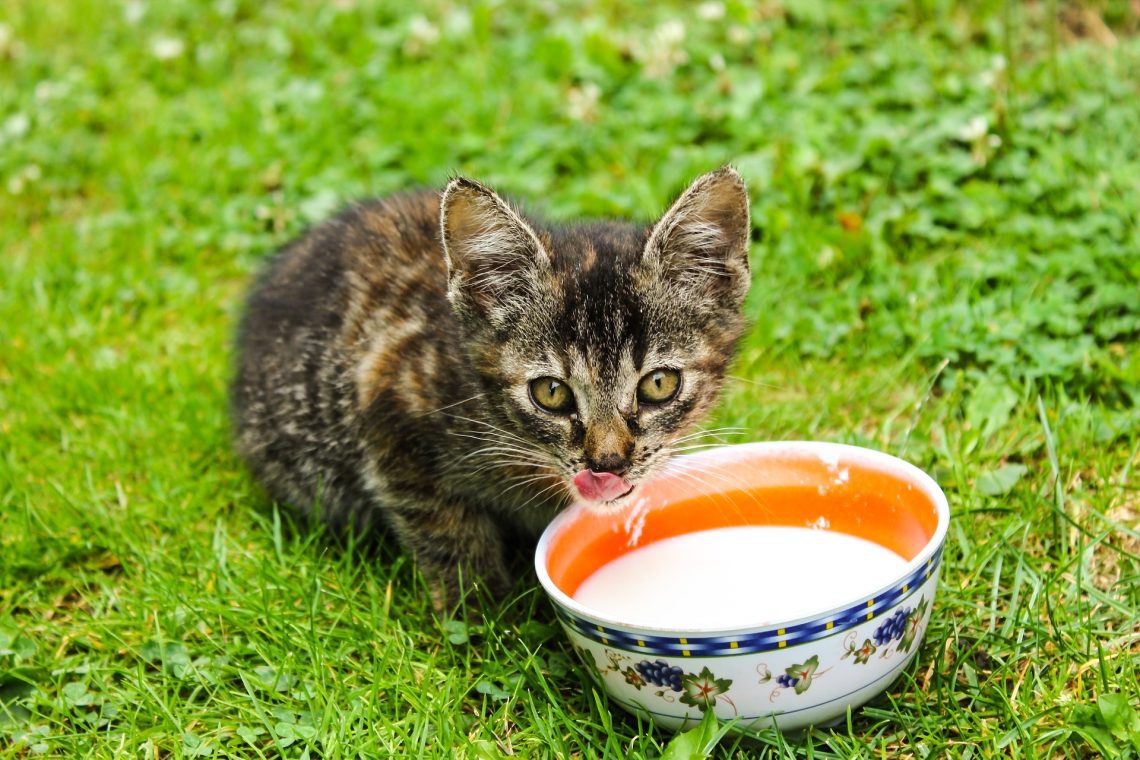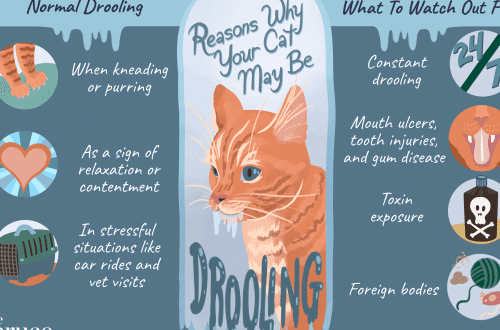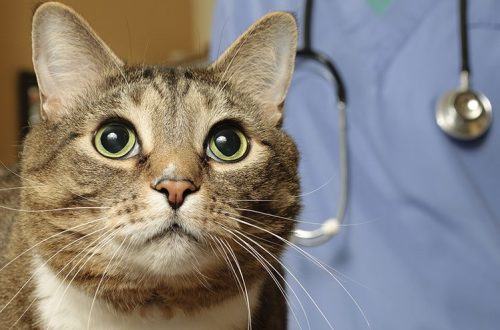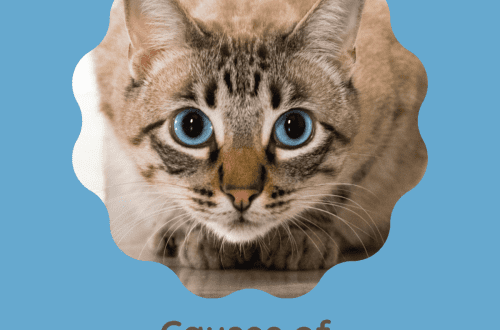
Can kittens have milk? Answers and recommendations
Contents
Nutritional features of kittens
To answer the question of whether it is possible to give milk to a kitten, you need to understand how its digestion works. Scientifically, cats fall into the following categories:
- Class: Mammals;
- Order: Carnivores;
- Family: Feline.
Nature has provided that for a newborn kitten, the best nutritional option is the milk of his mother. A mother cat, like a true mammal, feeds her babies with milk for up to 3 months. During this time, a special enzyme, lactase, is produced in the small intestine of kittens, which allows you to digest lactose (milk sugar).
When the kitten is 1 month old, the mother begins to gradually accustom him to solid food. They taste meat, but breastfeeding doesn’t stop. We must not forget: cats are predators. The body of a kitten is growing and preparing for adulthood. Instead of lactase, proteases begin to be produced – enzymes responsible for the breakdown of proteins.
By 3 months, the cat finishes breastfeeding the kitten, and he can be given meat food. Lactase is no longer produced because there is no need for milk.
Note: In very rare cases, the gastrointestinal tract of adult animals may retain the ability to produce small amounts of lactase and digest milk.
How to tell if a cat is lactose intolerant
The main symptoms of lactase deficiency in cats are painful bloating, diarrhea, and vomiting. Most often, unpleasant symptoms appear 8-12 hours after the animal has consumed milk.
In the body of a cat, the following mechanism works: she drinks milk, but lactose is not broken down by lactase and passes through the small intestine undigested. Further, milk sugar attracts water and ends up in the large intestine, where bacteria try to process it. At this time, carbon dioxide, hydrogen and other substances that cause fermentation are released.
Is it possible to give cow’s milk to a kitten
When thinking about whether to treat a kitten with milk, you should clearly understand that the composition of cow’s milk is significantly different from that of a cat. It is the cat’s milk that contains the optimal amount of nutrients for the full development of the baby.
So, cat’s milk is 8% protein, and cow’s milk is 3,5%. The fat content of the first is also higher on average – 4,5% versus 3,3%. And that’s not to mention vitamins and minerals.
The problem with milk from the store is its quality.
- When growing cows, antibiotics are used, which then enter the milk and can lead to dysbacteriosis.
- If the milk was obtained from a pregnant cow, the content of estrogen will be increased in it, which can cause a hormonal imbalance in the kitten’s body.
- The plants that the animal ate may have been treated with pesticides. Toxic content standards are calculated for humans, but not for tiny kittens.
- Store-bought milk is pasteurized, which reduces its nutritional value.
- In addition, cow’s milk protein is a strong allergen.
Giving cow’s milk to a kitten can be dangerous!
Goat and sheep milk
It must be admitted that the milk of goats and sheep is less allergenic than cow’s. If an adult cat has an intolerance to cow’s milk, and you really want to treat it with milk, then this will be a good substitute.
As for kittens, ruminant milk does not cover their nutritional needs. Proteins and fats will not be enough, and, as a result, a kitten fed with goat’s or sheep’s milk will slowly grow and develop.
The content of lactose in the milk of goats and sheep is higher than that of cats. Although kittens produce lactase, it is designed for cat milk.
Is it possible to give milk to a lop-eared kitten
The real “urban legend” associated with milk has touched the British and Scottish Fold kittens. It sounds like this: if you feed lop-eared kittens with cow’s milk, their ears can “stand up.” The main argument in favor of this theory is that kittens will get a lot of calcium in their milk, which will strengthen cartilage and straighten their ears.
This myth is used by unscrupulous breeders. In fact, the ears of Scottish and British kittens may rise as they grow. This is due to the marriage of the breed, or it can be considered a feature of a particular animal. Folds should receive calcium and other minerals.
The answer to the question of whether it is possible to give milk to a lop-eared kitten will be the same as for other breeds – feline milk is ideal, and cow, goat and sheep milk is not recommended.
How to feed a kitten
There are situations in life when a kitten loses its mother too early, or she cannot feed him. In this case, the best solution would be to feed him with a special mixture – a substitute for cat’s milk. Cat food manufacturers offer mixtures that are as close as possible to cat milk. Food must be diluted with water, according to the instructions, and feed the baby with a special nipple (at an angle of 45 degrees). In extreme cases, you can use a syringe without a needle or a pipette.
For the first 21 days of life, feed the kitten every 2-3 hours, but do not force him to eat more than he wants. Cats about a month old are fed 4 times a day. Two meals are mixture, the other two are wet food.
If for some reason it was not possible to buy a cat’s milk substitute, you can feed the kitten with baby food. Choose formulas for the youngest children and dilute them with more water than is recommended on the label.
In a critical situation, dilute goat’s milk with water – it is preferable to cow’s.
If the kitten is older than 3 months, he no longer needs to be fed, and he does not need to be given milk.
Milk in the diet of adult cats
If your cat tolerates milk well and will not refuse it for anything, even after listening to a lecture on lactose, calculate her daily intake of this treat: 10-15 ml per 1 kg of weight. If your cat does not digest cow’s milk well, but the desire to treat her to a treat is irresistible, buy low-lactose milk from cat food manufacturers.
Important: dry cat food can only be combined with water. Do not try to diversify the “dry” diet with milk – this can lead to the formation of deposits in the bladder and kidneys, increased stress on the liver and other organs.
If your pet eats “natural”, it can be treated with fermented milk products. Give preference to low-fat cottage cheese, sour cream, fermented baked milk and kefir. Cheese should be low fat and unsalted. Pay attention to the well-being of your pet – let the goodies bring only benefits!





